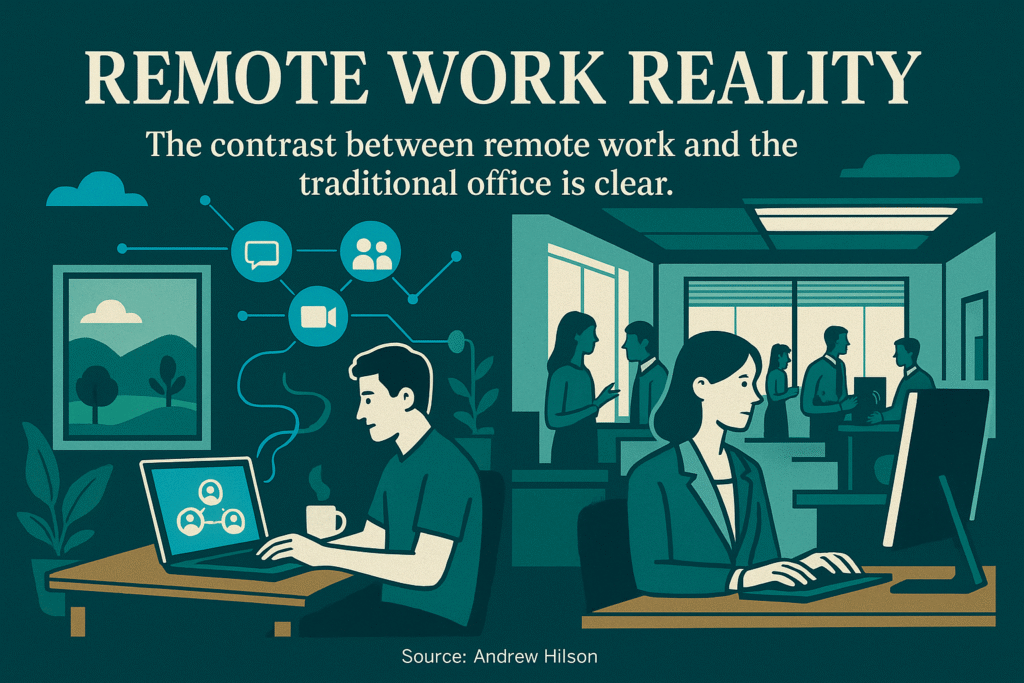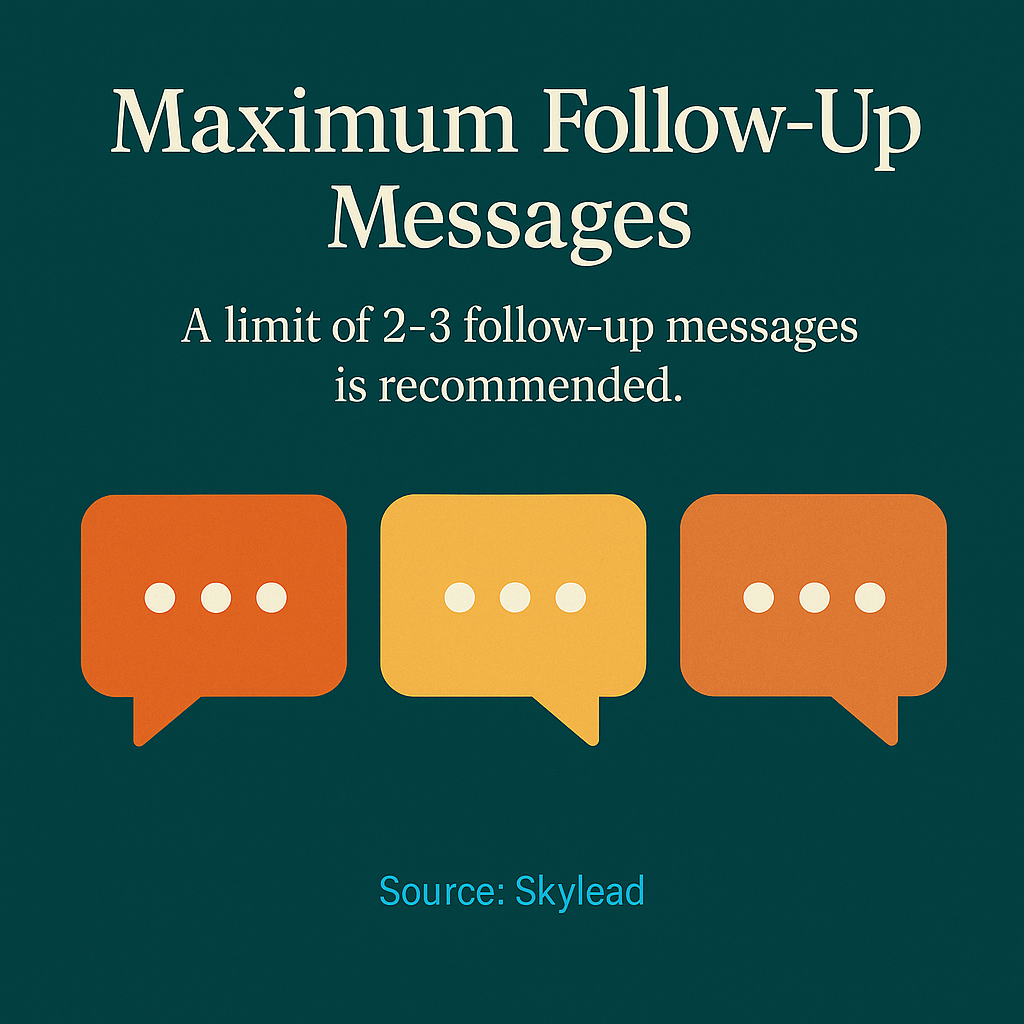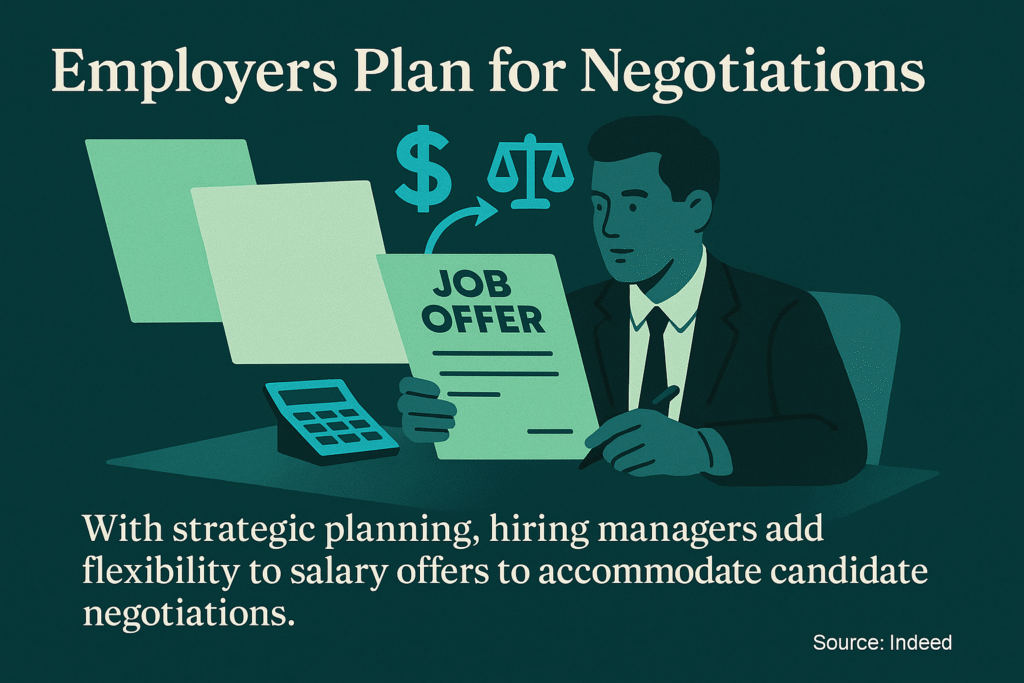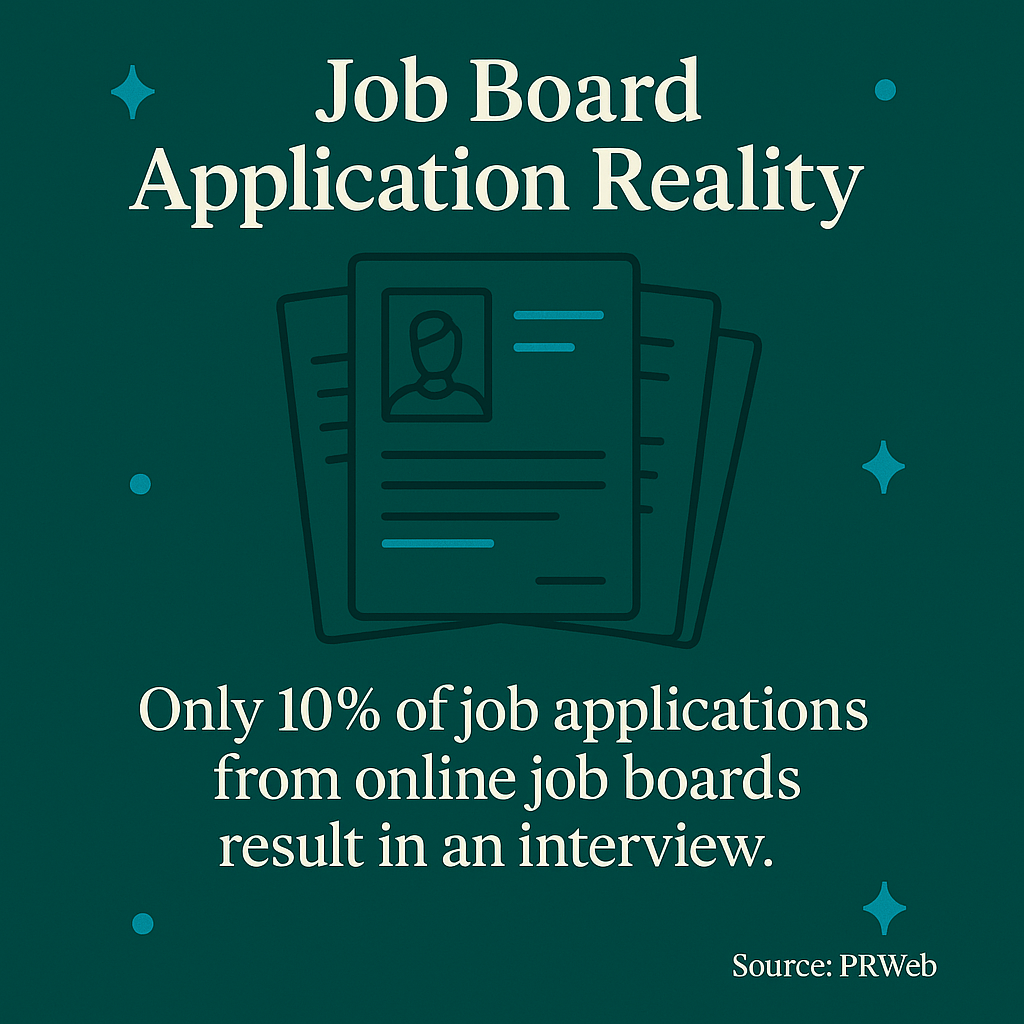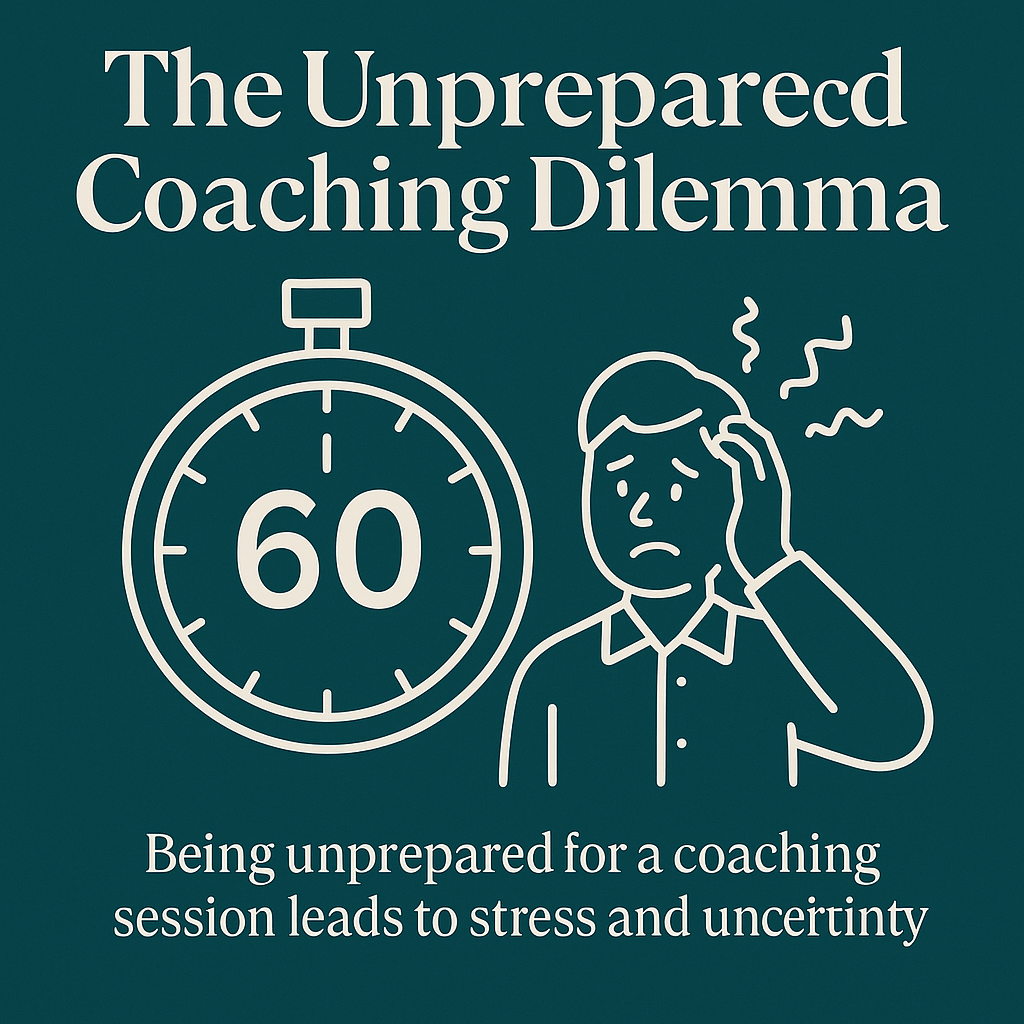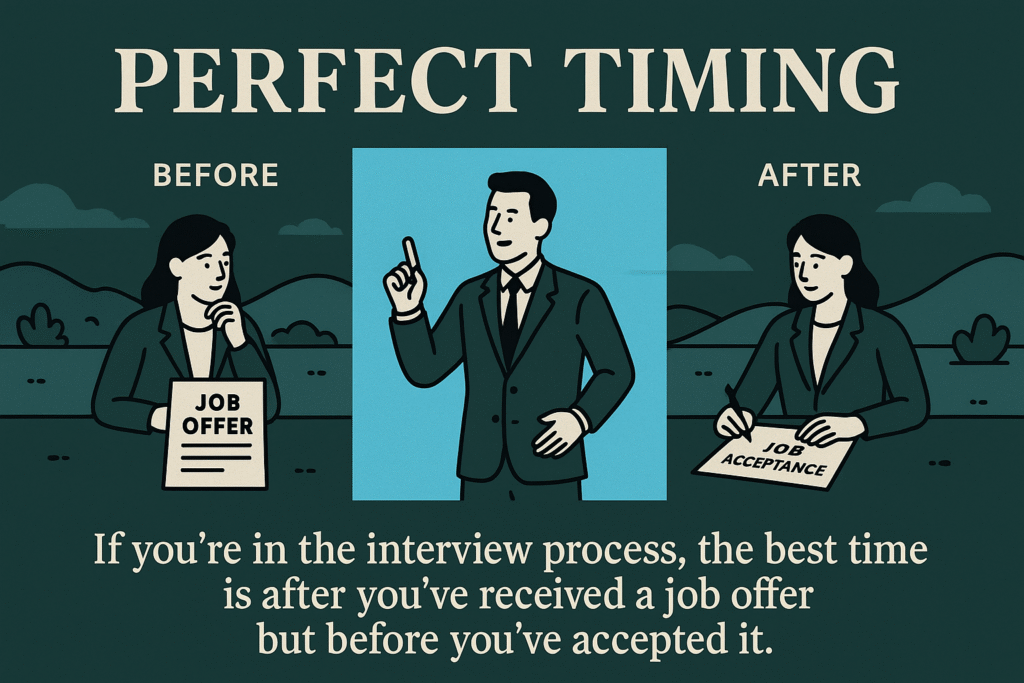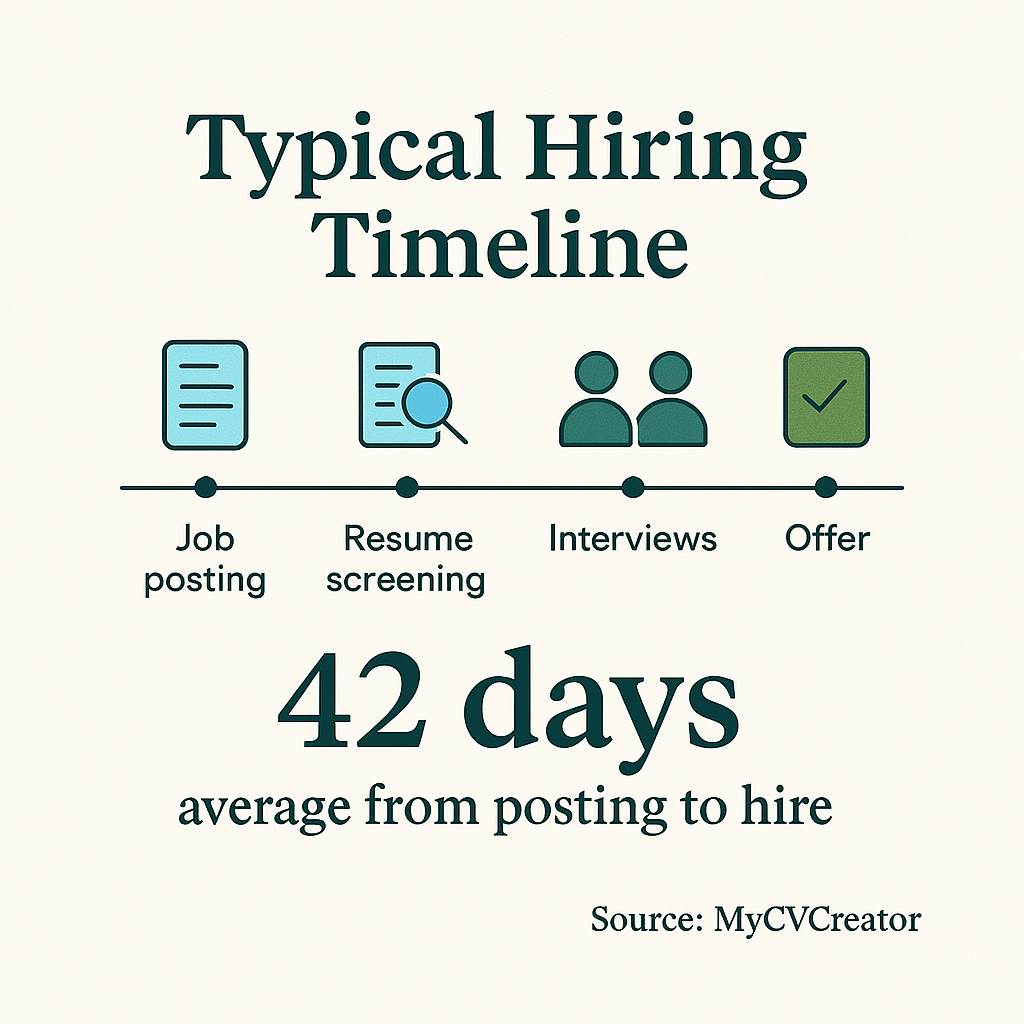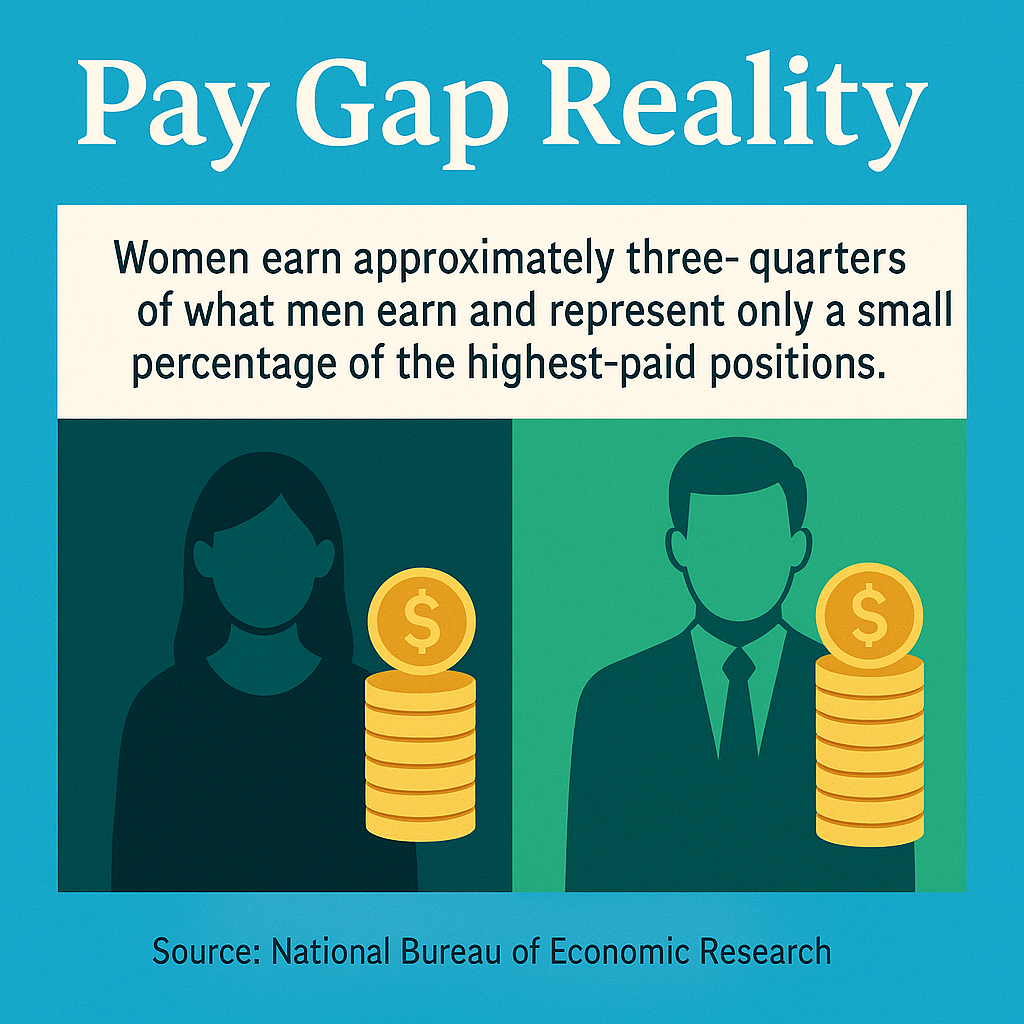Common Mistakes in Salary Negotiation and How to Avoid Them for a Better Deal
Common Mistakes in Salary Negotiation and How to Avoid Them for a Better Deal You’ve landed the interview, impressed the hiring manager, and now they’re ready to make you an offer. But here’s where many talented professionals stumble—they either accept the first number they hear or fumble through a negotiation that leaves money on the […]
Common Mistakes in Salary Negotiation and How to Avoid Them for a Better Deal Read More »

